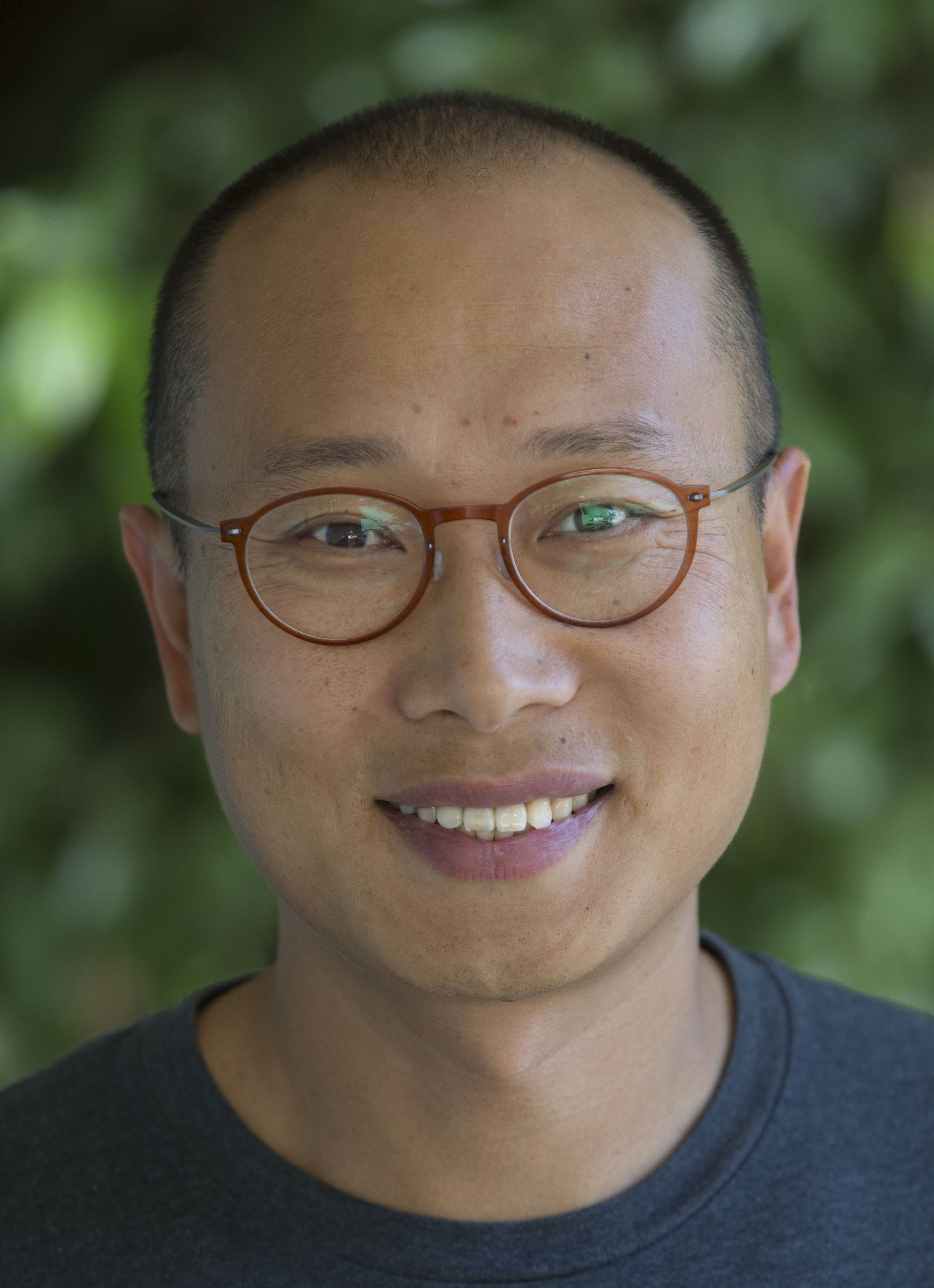Presentation: Programming the Network Data Plane
Abstract
We all know how to program CPUs, making it easy to prototype new ideas, build new applications, and share them with others. Today it is commonplace to program not just CPUs, but almost any domain-specific processors, such as GPUs, DSPs, and even machine-learning accelerators (e.g., TPUs). Unfortunately networking has long been an exception to this trend; the network data plane -- packet processing -- has been dictated by fixed-function switching chips, which help up innovations in the fields of networking, computing, and storage all together.
But this is changing quickly. The new PISA (Protocol-Independent Switch Architecture) ASICs promise multi Tb/s of packet processing with uncompromised programmability. P4, a new domain-specific high-level language designed for networking, additionally allows network engineers and developers to program PISA chips and other types of programmable packet-processing devices (e.g., FPGAs, NPUs, and S/W switches) in a declarative and intuitive fashion. PISA and P4 will entirely change the way people design, build, and run not just their networks, but their distributed systems and applications as well.
In this talk, I’ll first explain what PISA and P4 are, how they work, what kinds of design principles they are built on, and why they are made possible now. I’ll also introduce a few killer applications of these technologies. Then I’ll characterize PISA as a “relentless I/O-event execution machine” and show how this characterization opens up possibilities for joint-engineering a network and the distributed applications running on the network. I’ll conclude my talk by introducing a few such exciting examples.
